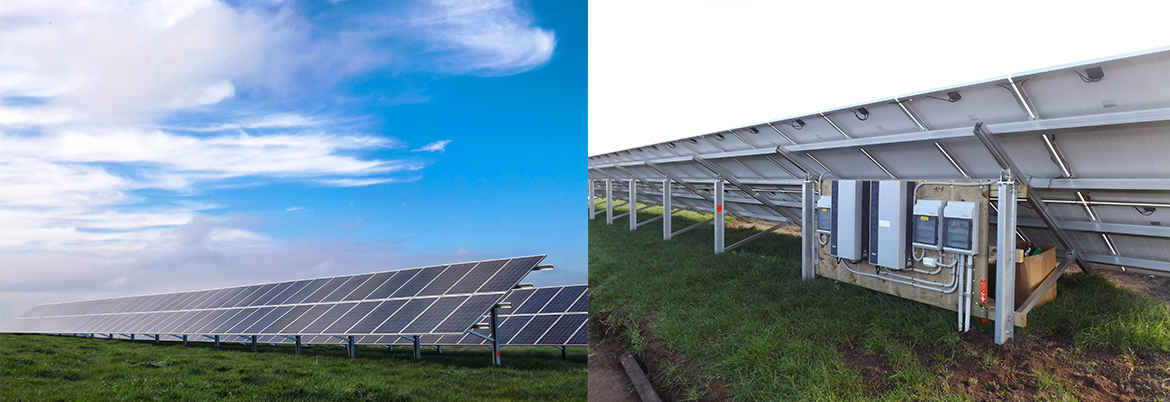As a 500-herd dairy farm, the power bills were significant enough to prompt farm manager and trustee Mark Ngatai to find a solution to generate 60,000kWhrs of electricity a year for the farm, which would significantly reduce monthly operating costs. After investigations began 4 years ago, an initial project began to install a wind turbine on the farm site, and the footings were laid. Unfortunately, the overseas company providing the solution folded, and Mark was left with a barely started project and a chunk missing from his project fund. Mark still had the desire to create power for the farm from renewable energy sources, and consequently What Power Crisis were approached to provide an alternative proposal. Since starting the process, market forces had changed significantly and wind power was no longer a viable option for the project. After consultation, What Power Crisis proposed a grid-tie (no batteries) solar photovoltaic (PV) solution that would still achieve the 60,000kWhrs annual target, within the remainder of the budget. Solar PV panels converts light to electricity, and the combination of falling PV prices, great NZ sunlight availability, and minimal maintenance requirements, offers a cost effective proposition that will provide power for 25 – 30 years.
Solar PV installations are normally installed on the roof of the building consuming the power. In this case, Tirohanga farm didn’t have a suitable roof area that could support the installation, and therefore a site was selected for ground mounting the panels, working out to be an advantage as the panels could be orientated in the ideal North direction. After the equipment had been shipped over on the Matakana Island barge, work began on erecting the frame. Pacific Site Services worked with the farm staff and on-site machinery to drive in the uprights and trench the 200m distance from the installation area to the dairy shed. WPC’s chief installer Mark Eagles had specified a 90mm2 cable to keep any power losses to a minimum.
The What Power Crisis solar PV solution consists of 160 x 250W panels and 4 x 10kW StecaGrid 3 phase inverters, delivering 40kW peak power (that’s a lot of power for chilling milk, heating water, operating pumps etc.), and is projected to deliver the 60,000kWhrs a year targeted by Mark Ngatai. In financial terms, this will generate around $18,000 of electricity a year, reducing the monthly cost per cow by $3.
